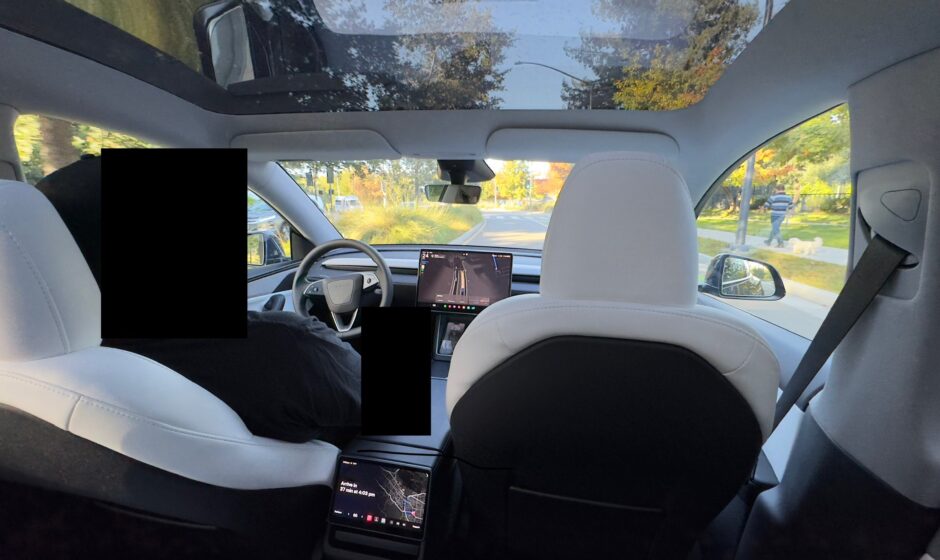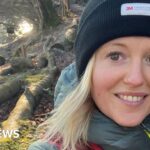Please note that we are not authorised to provide any investment advice. The content on this page is for information purposes only.
Tesla (NYSE: TSLA) has achieved a significant regulatory milestone in its ambitious pursuit of a nationwide robotaxi network, securing a Transportation Network Company (TNC) permit in Arizona. This authorization, granted by the Arizona Department of Transportation (ADOT) on November 17, 2025, is the final regulatory requirement needed to launch a paid ride-hailing service in the state, making Arizona the third major U.S. market, following Texas and California, to greenlight the company’s mobility plans.
The TNC permit officially allows Tesla to operate an Uber-like commercial service and, crucially, charge passengers for rides using its fleet of vehicles.
Tesla Secures Key Ride-Hailing Permit in Arizona
The TNC permit makes the service a commercial, revenue-generating operation. However, it itself does not authorize the fully driverless operation of vehicles. The company’s initial deployment will likely adhere to Arizona’s existing regulations, which require a human safety operator to be present in the vehicle—either behind the wheel or in the front passenger seat with a kill switch, depending on local rules and prior testing permits.
Tesla had previously secured a separate permit in September 2025, via Arizona’s self-certification process, allowing it to test and operate autonomous vehicles with a safety driver. The TNC permit now combines the ability to use the technology with the ability to charge a fare.
Arizona, particularly the Phoenix Metro area, has long been a key battleground and testing ground for autonomous vehicle technology, largely due to its favorable regulatory environment. This is the same state where Waymo, Alphabet’s self-driving division, has been running a fully driverless robotaxi service since 2018.
By securing this permit, Tesla is directly intensifying competition in a market where established players have been operating for years. The move aligns with CEO Elon Musk’s aggressive timeline to launch robotaxi services in eight to ten metro areas by the end of 2025.
Tesla Is Building a Robotaxi Network
Tesla’s ride-hailing efforts are part of its broader Robotaxi Network vision, which aims to leverage its Full Self-Driving (FSD) software to create a fully autonomous, on-demand taxi service.
The company currently has an invite-only monitored robotaxi pilot in Austin, Texas, and a ride-hailing service utilizing human drivers with FSD software in the San Francisco Bay Area.
In Austin, Tesla is operating with a safety monitor typically seated in the front passenger seat, rather than behind the wheel, to improve the “Robotaxi” optics. This monitor has access to a kill switch for emergency interventions. This setup is allowed under Texas state regulations.
The ultimate goal is to remove all human monitors and drivers, relying completely on the FSD system to operate a cheaper, more accessible transportation service. The company has also unveiled a design for a future, purpose-built two-seater robotaxi without a steering wheel or pedals, dubbed the Cybercab.
The Arizona approval represents a concrete step in this expansion, allowing Tesla to test its software and business model in a new and crucial metropolitan market. The next focus areas for expansion are reportedly Nevada and Florida.
During the third-quarter earnings call, Elon Musk emphasized the strategic importance of the Robotaxi program and shared a highly optimistic view of its near-term rollout.
Musk is Positioning Tesla As an AI Play
Musk characterized the current time as a “critical inflection point” for the company, stressing that Tesla is the “leader in real-world AI” and that the combination of FSD and Robotaxi will fundamentally change the nature of transport.
The Tesla CEO reaffirmed his ambitious goal to launch the robotaxi service in eight to ten metro areas by the end of 2025, which is a high bar given the short timeline remaining in the year. The company is reportedly targeting major cities like Phoenix, Las Vegas, Dallas, Houston, and Miami next.
Notably, Musk, whose $1 trillion compensation was approved by shareholders at the annual meeting earlier this month, has been positioning Tesla as an AI play.
Cybercab Production To Begin in 2026
The most ambitious product reveal at that annual meeting was the Cybercab, the fully autonomous robotaxi designed without a steering wheel, pedals, or side mirrors. Musk confirmed that mass production is scheduled to begin in April 2026 at Gigafactory Texas, with the staggering goal of achieving a 10-second cycle time per vehicle on the production line, six times faster than the Model Y. This manufacturing efficiency is intended to allow for an annual production capacity of up to 2-3 million units, which is central to Tesla’s objective of deploying 1 million robotaxis in commercial service as part of Musk’s long-term compensation milestones.
While previously Musk said that Tesla would be more than the combined worth of Apple and Saudi Aramco, he has since been making even bolder predictions, and last year said that the company’s Optimus humanoid would make it a $25 trillion company. However, many Wall Street analysts don’t share Musk’s optimism and see the stock as highly overvalued.
Optimus Humanoid
Crucially, the vision for the Optimus humanoid robot was significantly amplified. Musk stated the robot represents the future of the company, announcing the incredibly ambitious target of 1 million units delivered to meet one of his $1 trillion pay package requirements over the next decade. He projected that once production scales, the cost of an Optimus unit could be controlled to approximately $20,000, making it an affordable product that would dramatically expand Tesla’s economic scale. The robot’s debut performance, where it danced alongside Musk, was presented as a precursor to a future where Optimus could “eliminate poverty” and perform complex tasks, potentially better than humans.
#Tesla #Secures #RideHailing #Permit #Arizona #Paving #Robotaxi #Expansion


